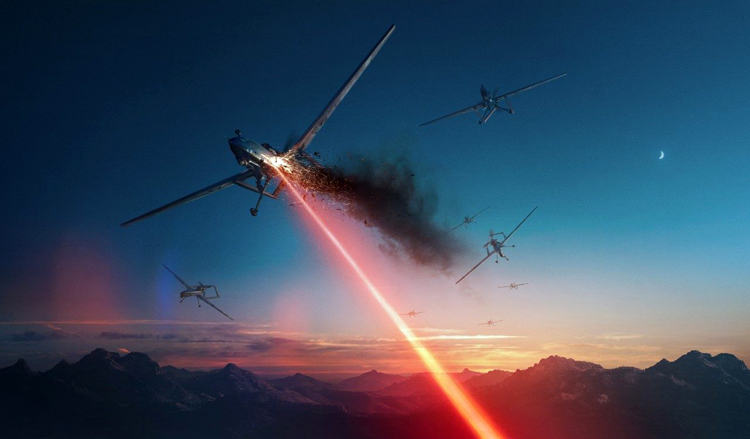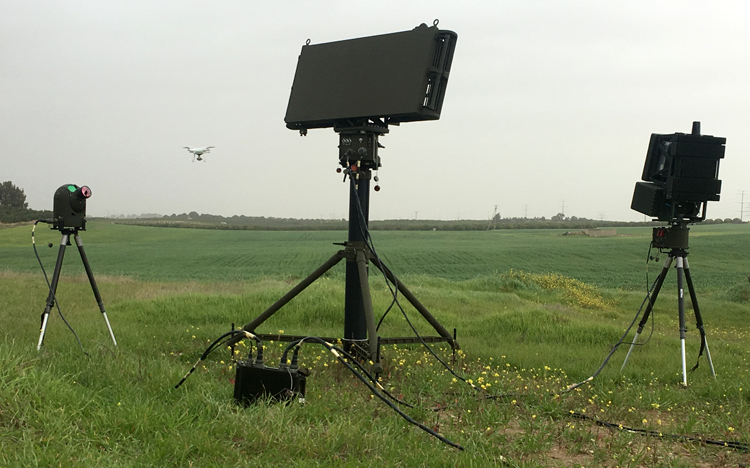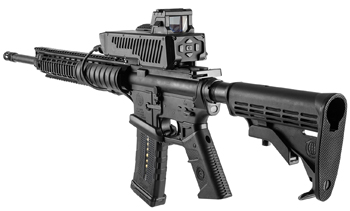INDIAN ARMED FORCES CHIEFS ON OUR RELENTLESS AND FOCUSED PUBLISHING EFFORTS

The insightful articles, inspiring narrations and analytical perspectives presented by the Editorial Team, establish an alluring connect with the reader. My compliments and best wishes to SP Guide Publications.

"Over the past 60 years, the growth of SP Guide Publications has mirrored the rising stature of Indian Navy. Its well-researched and informative magazines on Defence and Aerospace sector have served to shape an educated opinion of our military personnel, policy makers and the public alike. I wish SP's Publication team continued success, fair winds and following seas in all future endeavour!"

Since, its inception in 1964, SP Guide Publications has consistently demonstrated commitment to high-quality journalism in the aerospace and defence sectors, earning a well-deserved reputation as Asia's largest media house in this domain. I wish SP Guide Publications continued success in its pursuit of excellence.
Counter Drone Systems for IAF
A CUAS detects and intercepts hostile drones and unmanned aerial systems, which can be used for intelligence gathering or smuggling contraband, or to deploy explosives
 |
The Author is Former Director General of Information Systems and A Special Forces Veteran, Indian Army |

Post the weaponised drone attack on the Indian Air Force (IAF) base at Jammu on June 27 where two low-intensity improvised explosive devices,dropped from drones, exploded close to the helicopters hangar and left two IAF personnel injured, an anti-drone system developed by the Defence Research and Development Organization (DRDO) has now been deployed at the IAF Jammu station. News reports of July 5, 2021 now reveal that the IAF is looking to purchase quantity 10 x Counter Unmanned Aircraft System (CUAS), commonly called anti-drone systems, from Indian vendors.
There are two main aspects to an anti-drone system; detection of a rogue drone, and its destruction with weapon system, or jamming its communication signals. The detection takes place via radars, or/and radio frequency sensors and EO/IR systems. Modern anti-drone radar system may use multiple radar technologies depending on the range required, size of the zone to be protected, and number of simultaneous targets.
A CUAS detects and intercepts hostile drones and unmanned aerial systems, which can be used for intelligence gathering or smuggling contraband, or to deploy explosives. The CUAS are deployed to protect military bases, airports, critical infrastructure and other important sites.To destroy a hostile drone, a CUAS can include jammers and be armed with different weapon systems. For the latter, anti-drone systems could use guns or missiles along with a targeting system to destroy a drone. Similarly, a high-powered laser or microwave could also destroy a rogue drone.
The systems IAF seek are intended to detect, track, identify, designate and neutralise hostile drones
The IAF has issued a Request for Information (RFI) on June 28, 2021, to invite bids. According to media quoting defence sources, the procurement and the RFI for CUASs has been in works for the last several months. The acceleration has obviously been provided by the June 27 drone attack in Jammu which apparently has also woken up the bureaucracy of the Ministry of Defence (MoD). The systems IAF seek are intended to detect, track, identify, designate and neutralise hostile drones; a Laser Directed Energy Weapon (Laser-DEW) is essentially required as a kill option.

Highlights of the RFI for the CUAS issued by the IAF include the following:
- Basic features of the CUAS include provision of a multi-sensor, multi-kill solution, effective enforcement of 'No-Fly' zones for unmanned aircraft (drones) while inflicting minimal collateral damage to the surrounding environment.
- The CUAS should generate a composite air situational picture for the operator and provide alerts based on user defined parameters.
- It should be possible to mount the CUAS on indigenous vehicles with cross country capability and powered by indigenous electrical power supply systems, and to transport it by air and road.
- The system should have a phased array radar (for detection of the UAV); radio frequency sensor (for detecting the UAV frequency); and an electro optical and infrared (EO/IR) system for detection and tracing a hostile UAV by way of visual and heat signatures.
- The CUAS should have a soft kill option, which can include a Global Navigation Satellite Jammer System and RF Jammer, and a hard kill option (Laser-DEW).
- Ability of the CAUS to jam radio frequency communication between the target drone and its controller, and also jam satellite-based navigation systems used by the drone such as GPS, Glonass and the like.
- Range at which the Laser-DEW could destroy micro-UAVs and mini-UAVs, its dwell time, and how many targets it can engage in quick succession.
The overall requirement for CUAS would be huge considering that the IAF operates some 60 air stations across the country and the drone threat can emanate from anywhere in the hinterland
Soft kill refers to jamming the communication or navigation signals used by a drone. Hard kill refers to its physical destruction. Generation of a composite air situational picture for the operator and providing alerts implies inputs from different sensors will be consolidated on a single screen to enable a composite understanding of the situation for the controlling agency and the commander, explained sources.


Why the IAF has issued the RFI for only 10 X CUAS is not known but possibly it is to cover the bases in proximity of the borders with Pakistan and China taking into accounts the ranges of armed drones available to the adversaries. Alternatively, the requirement may have been prioritised for lack of funds since the overall requirement would be huge; considering that the IAF operates some 60 air stations across the country in its seven Air Commands and the drone threat can emanate from anywhere in the hinterland as well.
Moreover, the IAF would require large number of hand-held counter drone guns as well. It may be recalled that in December 2020, the Indian Navy placed an order for an unspecified number of Israeli anti-drone system Smash 2000 Plus, which turns assault rifles into smart weapons for anti-drone operations enabling first-shot hits. The Directorate of Military Affairs (DMA) headed by the Chief of Defence Staff (CDS) in the MoD needs to coordinate the overall requirements of the three services to counter drones.





